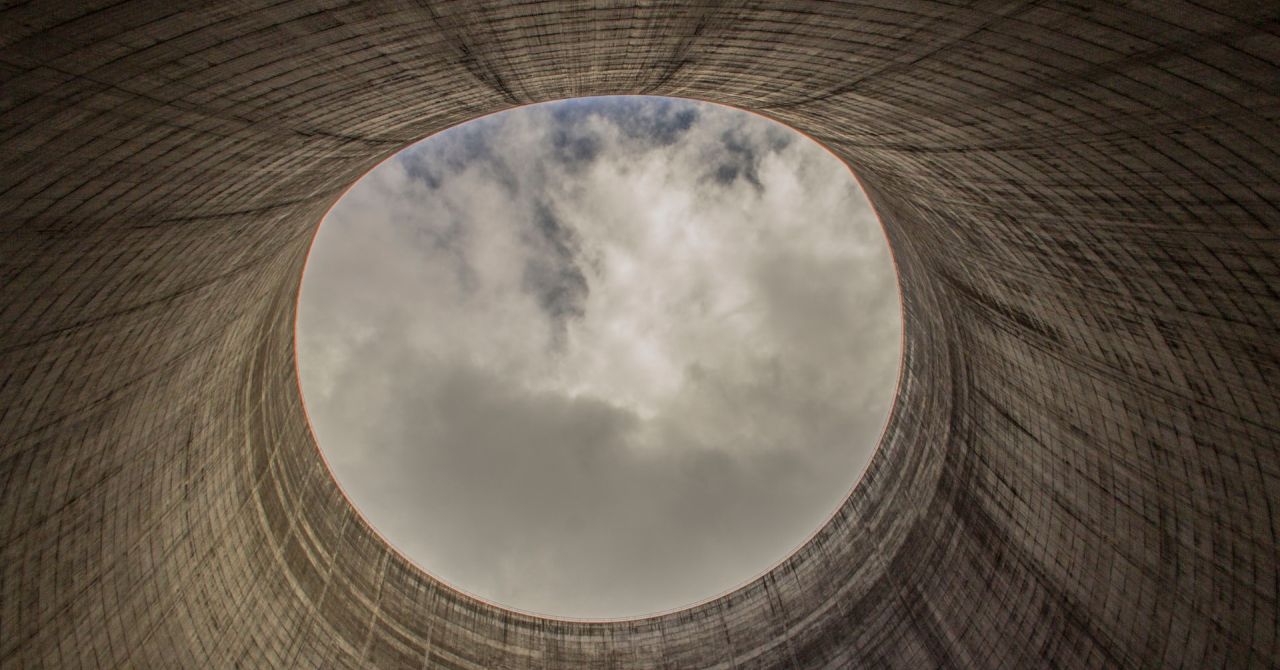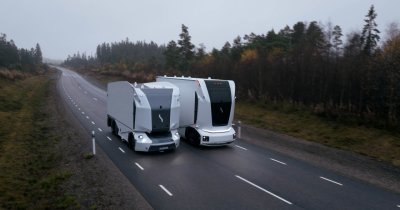According to Financial Times, it was the soviet engineers who pioneered one of the first fusion machines back in the 1950s, which was able to release great amounts of energy.
It was able to do that due to plasma of two hydrogen isotopes that were held in place by two powerful magnets and once these isotopes heated to extreme temperatures, the atomic nuclei fused together, releasing energy.
Chris Kelsall, chief executive of Tokamak Energy, said that "there’s no point this technology arriving in 2048 because it’s too late."
"We’re very focused on delivering demonstration of the technology, net electricity into the grid, in the early- to mid-2030s", he added.
Bill Gates, Tiger Global Management and Chevron are some of the investors that helped the fusion technology industry in the US and the UK achieve fundings of nearly 4.9 billion USD.
France is another country that hopes to host fusion energy delivering facilities in the future as the country could host two projects worth 20 billion euros.
JET and ITER are the two facilities that are currently being under construction and can have an important role in developing this future technology.
Nicholas Hawker, chief executive of Oxford-based First Light Fusion said that "fusion is, in a sense, the ultimate solution to climate change."
One of the possible applications for fusion energy is direct carbon capture solutions, as these are energy intensive processes that need high amounts of power to run, which this power source can deliver.
 Mihai - Cristian Ioniță
Mihai - Cristian Ioniță












Any thoughts?